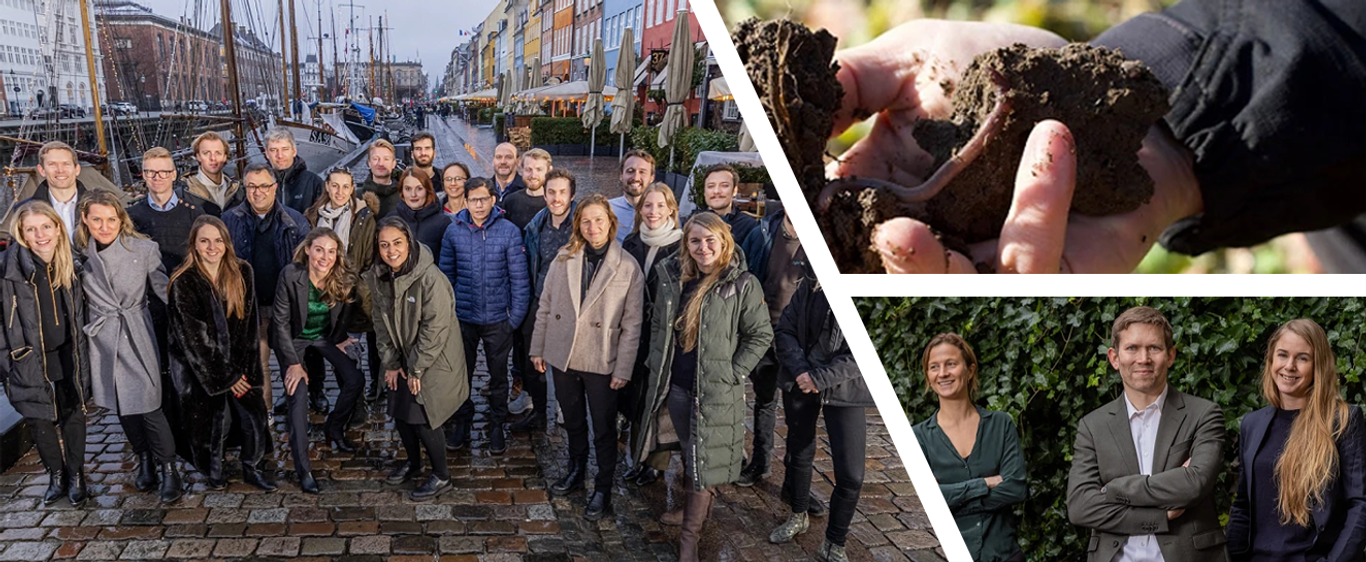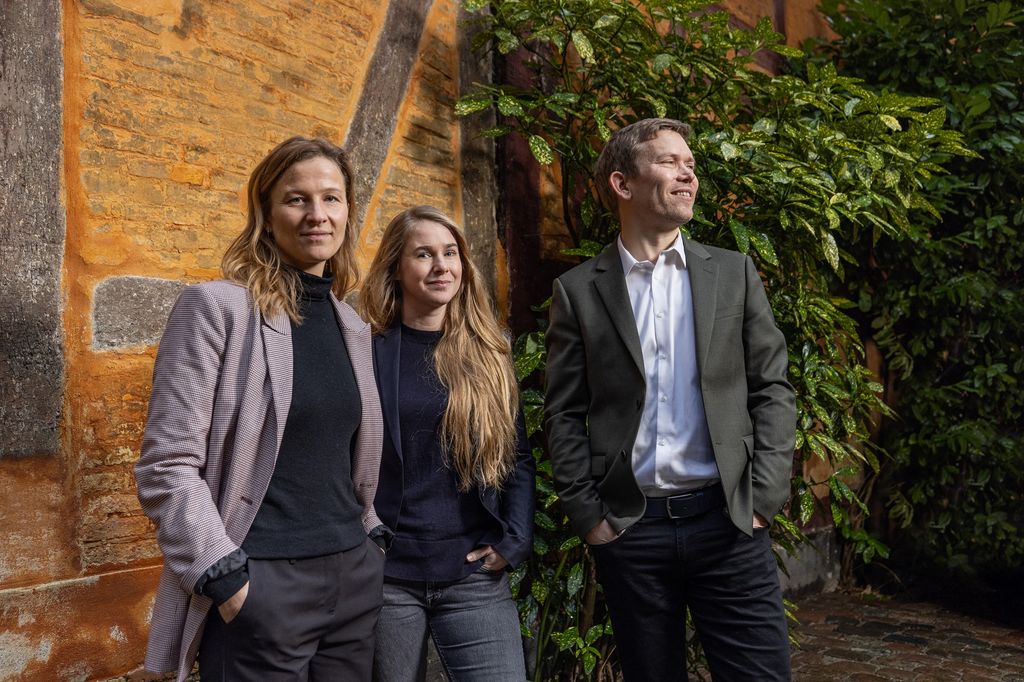
Agreena: Three reasons to be excited about regenerative agriculture
This week, we were thrilled to lead the USD 22.5 million Series A funding round of Agreena, a Danish AgTech startup that mints, verifies and sells carbon certificates generated by farmers who transition to regenerative farming.
This week, we were thrilled to lead the USD 22.5 million Series A funding round of Agreena, a Danish AgTech startup that mints, verifies and sells carbon certificates generated by farmers who transition to regenerative farming.
In essence, Agreena enables turning agricultural land into carbon sinks, using their technology to reduce greenhouse gases in our atmosphere at scale. The company’s offer combines a vertically-integrated tech solution with deep knowledge in sustainable agricultural practices. This rare mix creates the right incentives for farmers who want to shift to regenerative agriculture and leverage the buoyant voluntary carbon credit market.
Agreena currently serves more than 150 farmers in nine countries, with more than 50,000 hectares of farmland yielding regeneratively. With the new funding, the company will expand geographically, as well as further develop its tech-stack with blockchain logic to enhance market transparency and traceability.
We are excited by Agreena and the overall opportunity to participate in the shift to regenerative agriculture, and in turn the transformation of the wider food ecosystem. Here are three reasons why:
1. Enabling immediate climate mitigation
Agreena enables significant and immediate climate change mitigation by providing high-quality carbon removal credits based on soil carbon sequestration, a validated, scalable and nature-based technique to remove existing carbon from the atmosphere.
Relying on established principles to regenerate the soil, Agreena’s unique vertically-integrated solution puts the farmer first and backs them with the knowledge, support, and incentives to implement regenerative farming practices at scale. The deployment of such practices also brings other benefits, such as improving biodiversity and ensuring quality of produce.
Soil carbon sequestration has enormous potential in the fight against climate change. The practice is effective in capturing significant amounts of CO2, and the nature-based solution is proven and easy to deploy. That means relevant impact with immediate application. Soil carbon sequestration drives climate change mitigation and, if applied at scale, has the potential to remove 2Gt to 5Gt of carbon yearly, representing 5% to 10% of the existing anthropogenic emissions.
Soil carbon sequestration also fosters biodiversity, makes arable land more resistant to extreme weather, such as drought and flooding, and results in reduced use of chemicals. These qualities make the transition to regenerative farming key to securing future global food supply and improving our health.
All in all, soil carbon sequestration can be used to capture carbon at scale today, and at the same time provide additional benefits, such as reduced costs, in comparison to other techniques like mechanical carbon capture and removal methods.

2. Demand for high quality carbon certificates will continue to increase
While we strongly believe in always prioritizing emission reductions over offsets, many businesses will find that they cannot fully eliminate their emissions, or even lessen them, as quickly as they need to. That is why companies and governments across the globe will to a large extent be dependent on the supply of high-quality carbon offsets and removal credits to address their residual emissions as they pledge to go net zero. Carbon removal will be a key part of solving the global climate crisis and several governments have already set specific targets on carbon removal, including the EU, which announced its ambition of removing at least 500Mt of CO2 by 2030. This is where the voluntary carbon market, and Agreena’s solution, come into play.
The demand for high-quality carbon removal certificates becomes even more significant when combined with (i) the increased skepticism of other credit classes, such as non-deforestation and partly afforestation; (ii) the demand for actual removal methods over reduction; and (iii) the convergence towards nature-based solutions that provide additional benefits, such as soil carbon credits, which help protect biodiversity.
The supply of carbon farming credits is scarce, and a significant upside in the price of high-quality carbon certificates in the voluntary carbon credit market is expected.
3. Strong strategic fit with our wider food ecosystem thesis
At Kinnevik, we started looking at the food space in a more deliberate manner back in 2017, beginning with downstream, consumer-facing brands. If you’re curious as to why, we wrote about our enthusiasm for the food space in this article from May 2021. In short, we like the sector due to its size and room for disruption, the potential it has to transform consumers' lives for the better and, obviously, the tangible impact on our climate.
With the Agreena investment, we are expanding to an even broader view of the food ecosystem, dipping our toes in the upstream part of the food and agriculture space. Agreena’s business model is one we understand well: a managed marketplace with highly fragmented supply in need of handholding on one side, and excess demand on the other side. It’s a market and business model with strong strategic fit to the Kinnevik portfolio.
All of that comes together to form an unambiguous investment opportunity. We’re excited to work alongside Simon Haldrup, Ida Boesen and the Agreena team, and look forward to participating in the next step of their journey.


